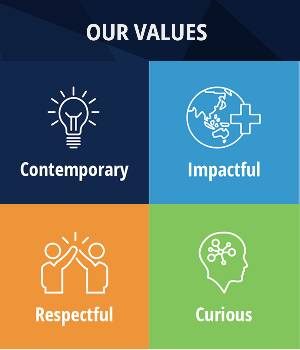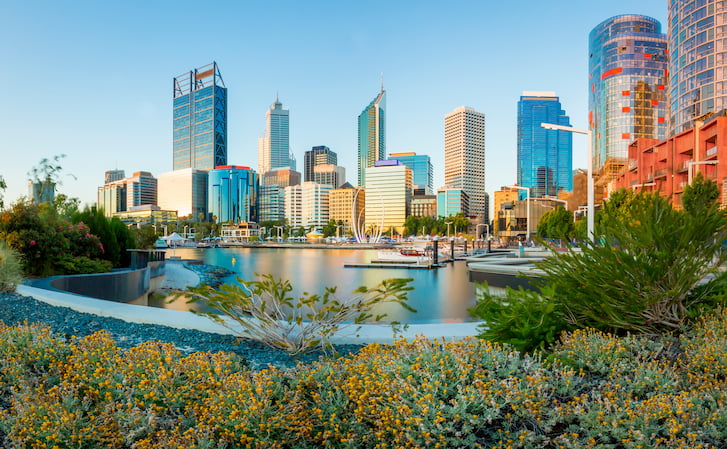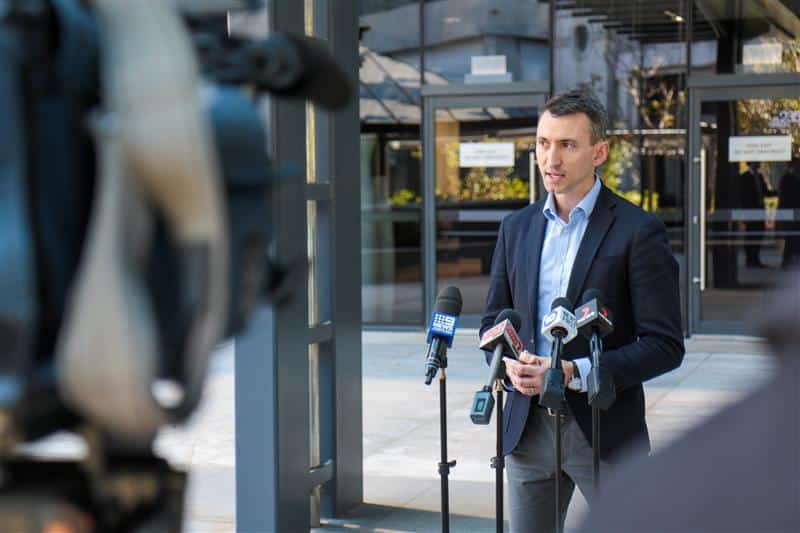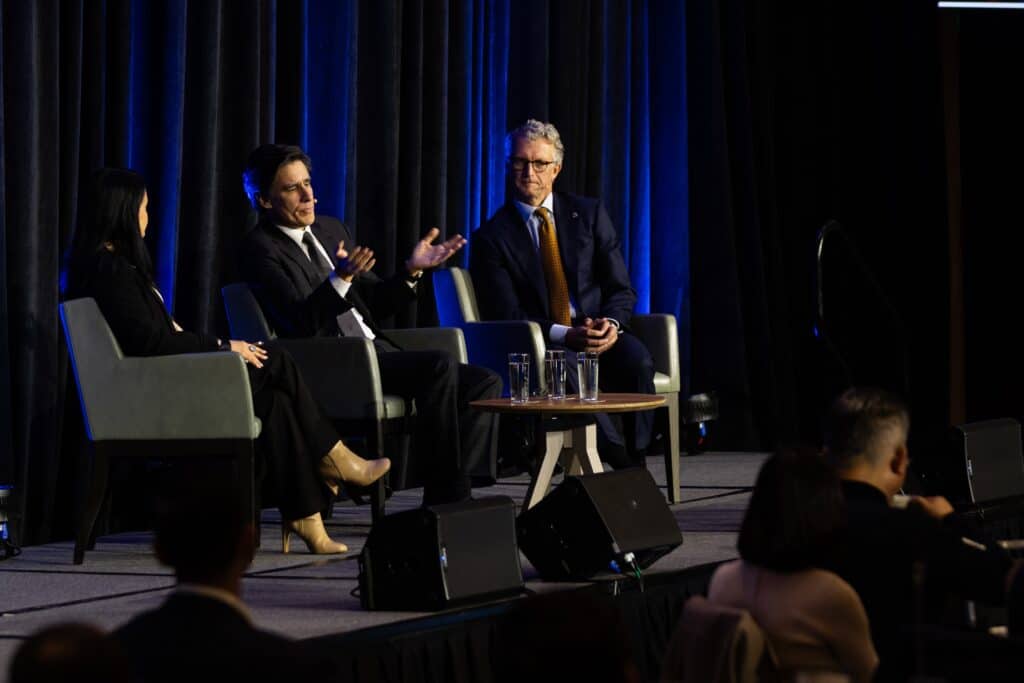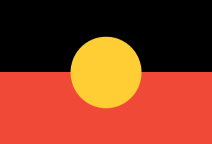Western Australia’s landscape architecture and design sector is evolving – driven by global sustainability trends, deeper understanding of Aboriginal cultural heritage and pressures of construction costs.
According to Scott Lang, Director of landscape architecture and urban design firm UDLA, a CCIWA Member, there’s a growing awareness across government and private development and construction sectors that the success of a project depends not just on what gets built, but how people experience it.
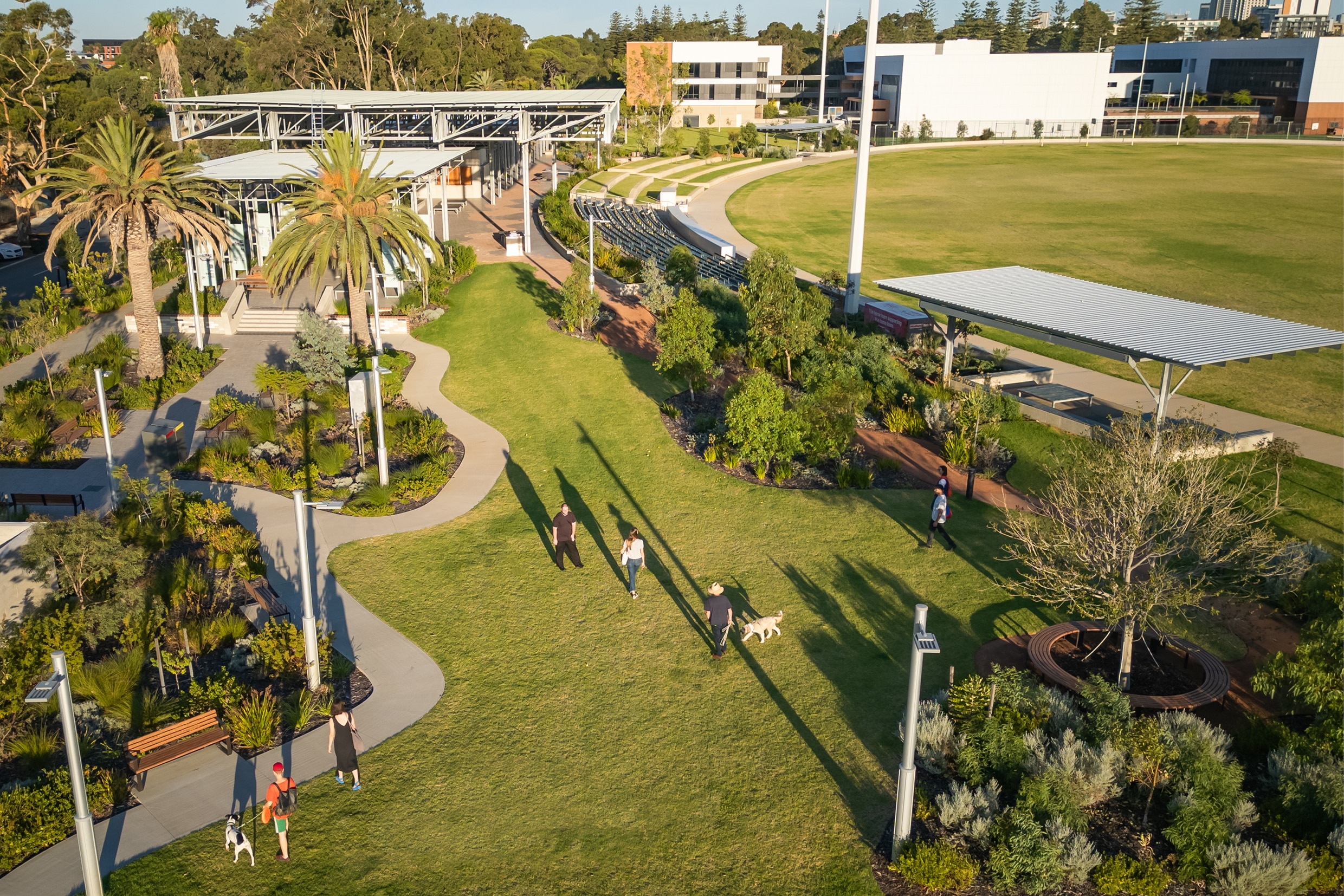
The Subiaco Oval redevelopment, now Subi East. Images: UDLA
Global forces at play: Country, climate and canopy

An art piece at Subi East developed and implemented as part of the engagement process with Noongar elders and artists.
Lang says climate change and cultural awareness are two of the most influential global trends shaping WA’s built environment.
“There’s a growing awareness of ‘green infrastructure’, particularly trees, as a critical tool for cooling cities, improving wellbeing and biodiversity outcomes,” he says.
“And we’re starting to see a stronger focus on ‘blue infrastructure’, which is how we manage and benefit from water and drainage.
“And there are other prominent trends like biophilic design in integrating natural elements into built environments, and biomimicry which is mimicking natural systems as best we can.”
Equally transformative is the influence of First Nations knowledge systems on how designers and developers approach land and place.
“Aboriginal communities have deep, place-based knowledge of natural systems – how the soil works, how water flows, how to live in harmony with the environment,” Lang says.
“There’s huge value in incorporating that knowledge upfront and throughout – it can really enrich projects in so many ways.”
He points to UDLA’s work on regional and urban projects where Aboriginal-led engagement influenced all aspects, from street orientation to plant selection, delivering cooler, greener and more liveable spaces.
Lang says The integration of language and stories through naming, interpretation and public art is also a powerful way of recognising and celebrating connection to Country.
Design as a cost-smart construction strategy
With WA’s construction sector grappling with labour shortages, high material costs and supply chain constraints, Lang says landscape architecture has a vital role to play in smarter project delivery.
“There’s an opportunity to challenge traditional approaches – like flattening sites and building with brick – and instead explore modular, lighter construction, smaller footprints and repurposing materials,” he says.
The redevelopment of Subiaco Oval, for example, is a successful case of material reuse, which repurposed concrete and bricks from the old stadium into new play areas and structures.
“Thinking about design from day one means we can build differently and often more efficiently,” he says.
“That might mean less sand, less excavation, more canopy cover and better drainage outcomes.”
Lang says WA needs greater local capability in materials processing and fabrication – for example, to reduce reliance on overseas stone cutting or steel manufacturing.
What developers need to consider
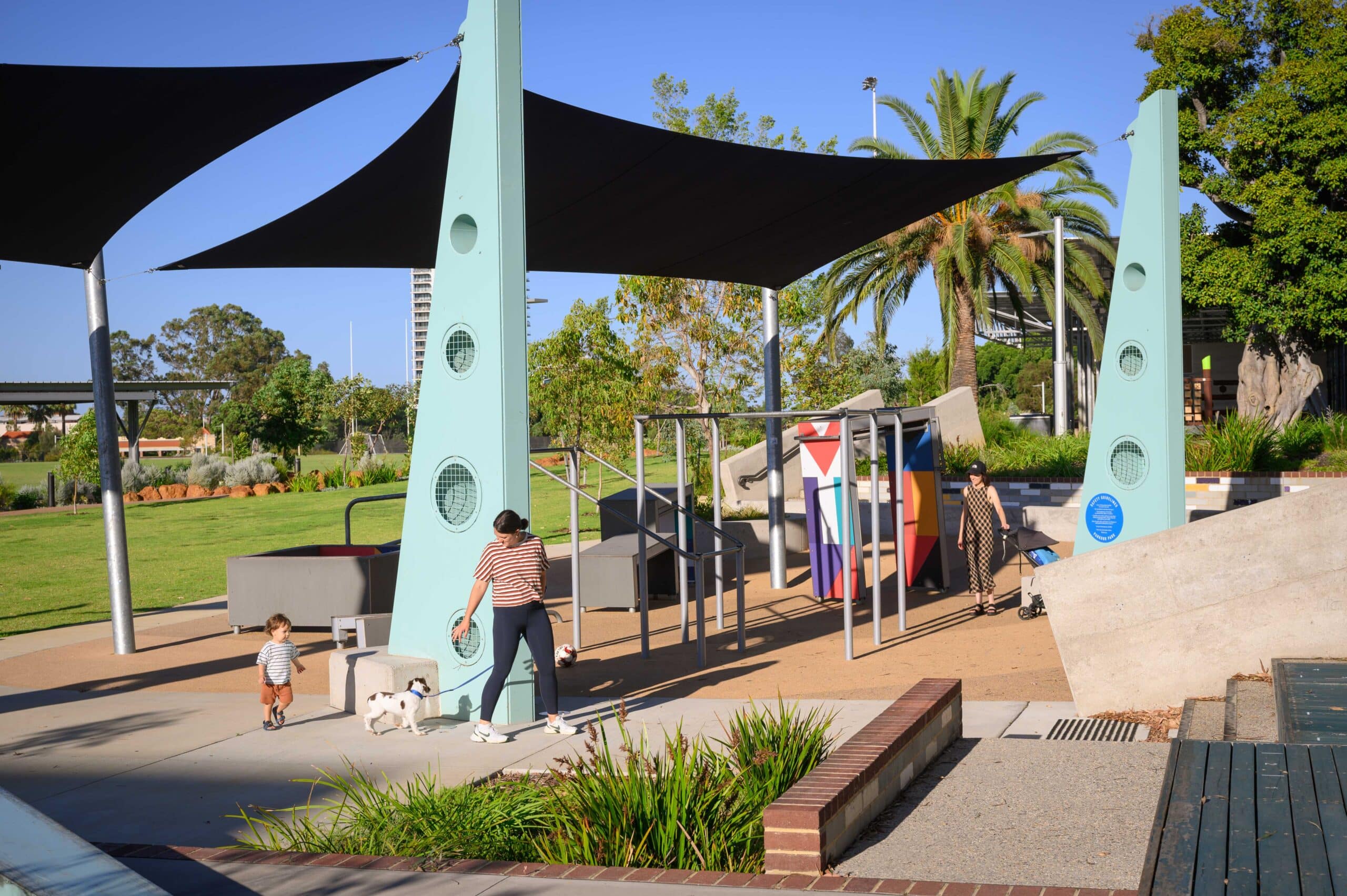
A playground at Subi East that shows some of the salvaged steel structures, recycled timbers and concrete.
For businesses and developers starting a new project, Lang’s advice is simple: start with the land, and the story it tells.
“Before anything else, understand the cultural significance and natural systems of the site,” he says.
“It’s about listening – to Country, to custodians, to communities, to the environment. That shapes everything else.”
Lang is a strong advocate for the value of embedding design professionals at the beginning of infrastructure and development projects, rather than treating design as an add-on or risk.
“Infrastructure has a 100-year lifespan. It’s not just about functionality, it’s about comfort, safety, accessibility and identity,” he says.
“These are civic places where people live, move, and connect. If we want better outcomes, we have to value the design process – and that means bringing everyone to the table early.”
To be part of WA’s peak business organisation, get in touch via 1300 422 492 or [email protected].
